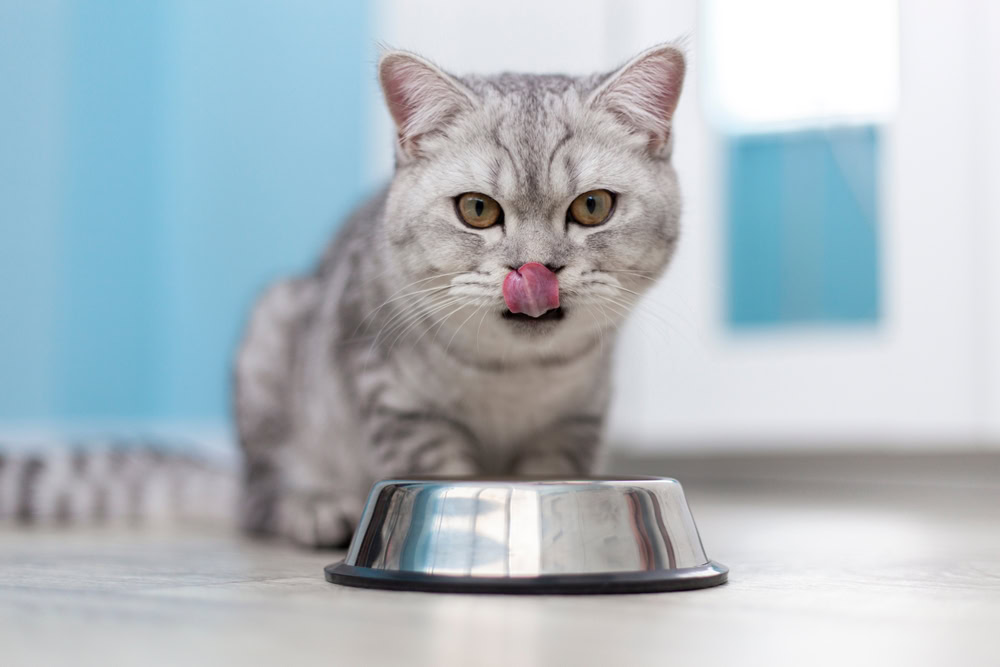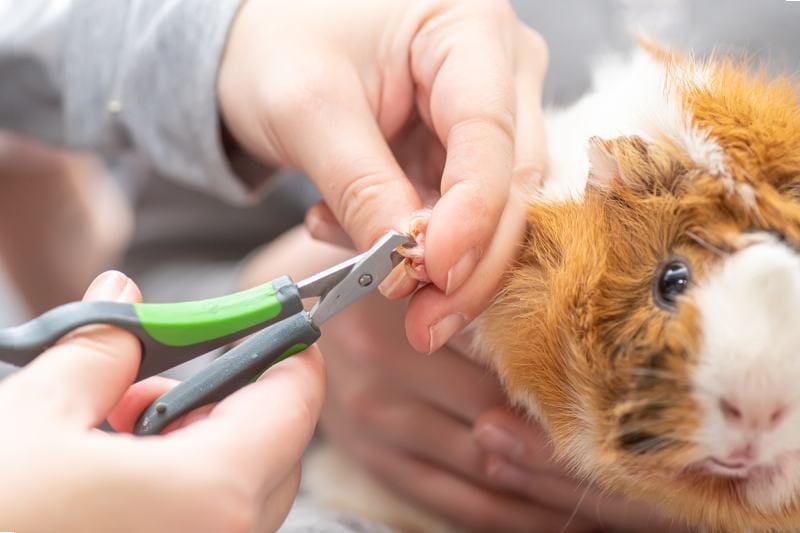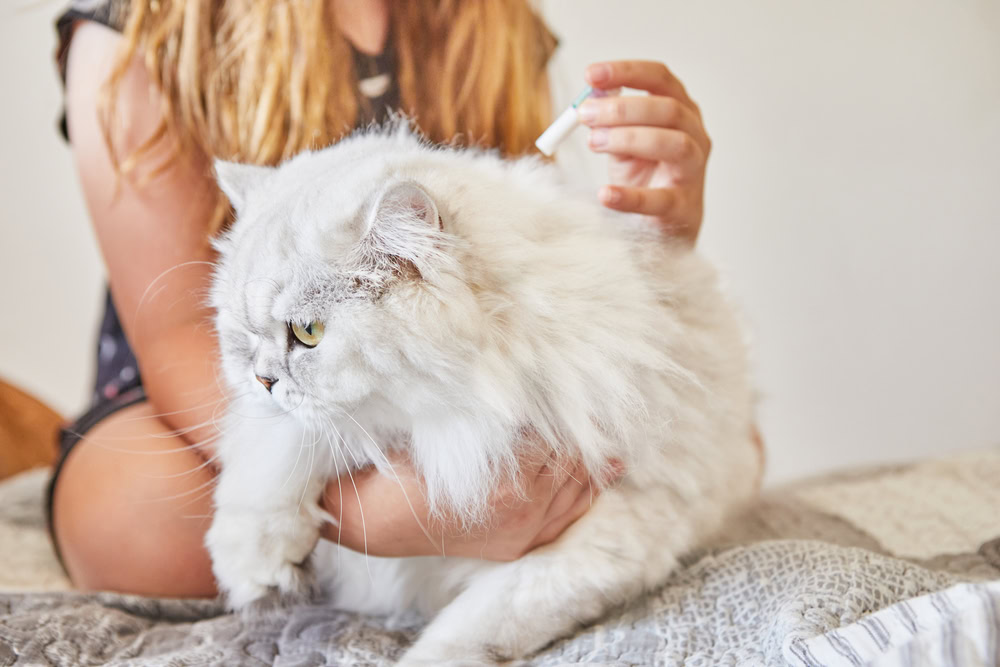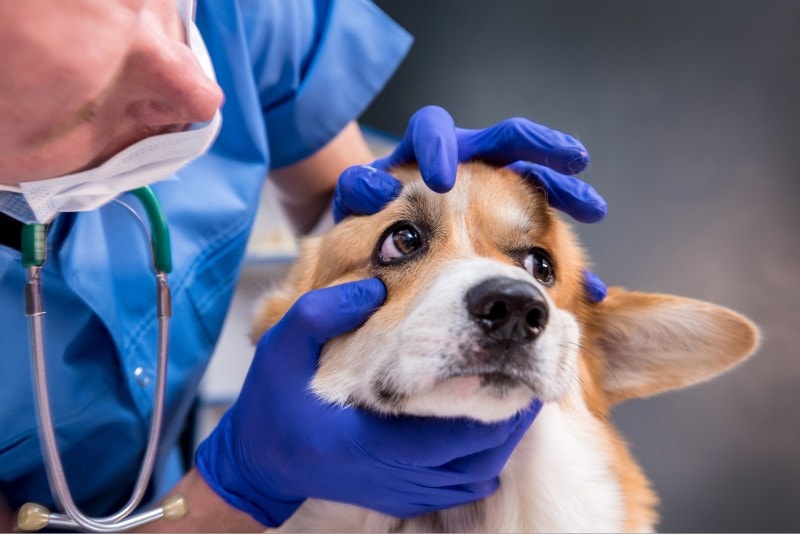VET APPROVED

The information is current and up-to-date in accordance with the latest veterinarian research.
Learn more »Click to Skip Ahead
If you ask my cat, Cyril, he will tell you that a cat should be fed at least five, maybe six times a day. This would, of course, be incorrect! Much to his chagrin, the ideal answer to the question of how many times a day should you feed an adult cat, is two, but this is not a strict rule, and each cat is different.
How much and how often we feed our cats is all about making sure they receive the right nutrition in a way that is manageable for us, and predictable for them, but you’d be amazed at how many of us get it wrong.
Let’s take a closer look at feline diet and digestion, and how to make sure they’re getting what they need.
The advice below is given as a generalized recommendation for healthy cats with no specific health or dietary conditions. Please consult with your vet or speak to one of ours HERE to make sure your cat is getting the right amount of food as needed.

The Feline Diet
Out on the plains of Africa, or the depths of the snowy Siberian forests, lions and tigers are not enjoying two meals a day. In fact, they are lucky if they manage to eat twice a week! And when they do, they do not leave much to waste. Skin, muscle, fat, organs, and bones are eaten, providing everything they need to thrive. For most pet cats, this is about as far removed from their daily meals as a diet of fruits, nuts, and freshly caught fish is from a pop tart.
Although the increasing popularity of raw diets is bringing a taste of the wild back into the bowls of our pampered felines, the type of food and how often they eat it is quite different from what their wild ancestors have adapted to. Through the process of domestication, cats have become accustomed to being fed more processed foods at more frequent intervals, and their digestive system has also been conditioned to this.
Unlike dogs, who have made the transition from an almost exclusively carnivorous diet to one of a facultative carnivore, able to survive on a diet consisting of meat, plant protein, or a mixture of the two, providing their nutritional needs are met, cats remain obligate carnivores. This means that the type of protein they need to survive must come from the muscles and organs of animals. This has been made simpler over the years through the creation of ultra-processed meat that has been rendered, dehydrated, and mixed with grains to create a palatable, easy-to-feed, kibble diet. These foods provide everything your cat needs, although many provide more than required, leading to a large amount of waste and weight gain.
More recently, we are seeing a shift back towards fresh, human-grade ingredients, providing cats with a balanced diet that has undergone very little in the way of processing. Ultimately, the decision of what to feed your cat comes down to your preference, and the nutritional needs and health of your cat. What we’re going to focus on is how often you need to feed them.
For additional help understanding your cat’s nutritional needs, we recommend speaking with a veterinarian.
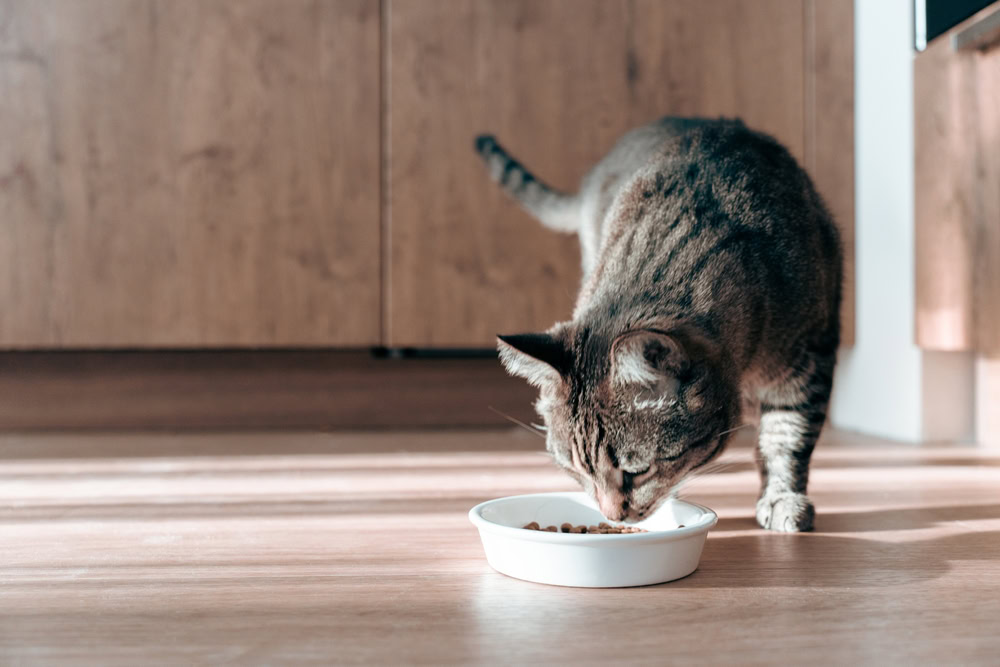
How Feline Feeding Became More Frequent
Obviously, we aren’t going to be feeding our cats in accordance with the sporadic and unpredictable schedule of their wild counterparts, but how have we gone from large cats eating twice a week to our domestic felines enjoying food twice a day?
Studies have shown us that the domestication of cats over the past several millennia has altered the morphology and function of their digestive systems when comparing those of European wildcats (Felis silvestrus silvestrus) to the domestic cat (Felis silvestrus catus).1 The length and microscopic structure of the intestinal tract of the domestic cat indicate adaptations for the digestion of grains and plant matter, presumably in response to the inclusion of such material in both scavenged food and commercial diets. The changes to how their food is digested also allow for more frequent feeding.
The reality is that feeding our cats daily has evolved as a matter of habit and convenience for humans, as well as the result of a touch of anthropomorphism. For us fortunate humans, two or three meals a day is standard, not to mention the snacks in between, so feeding our cats only a few times a week would seem cruel. And so, our cats came to expect their bowls to be filled more often.
How Many Times a Day Should I Feed My Cat?
The adaptations of the domestic feline digestive system mean that we should be feeding them at least once per day, but ideally, twice a day is recommended. Why? Because we should only be offering an amount of food that can be eaten within a single meal, this may not be sufficient to meet their daily requirements, so two meals are the best way to achieve this.
Meals should be given as close to 12 hours apart as possible (or spaced evenly). This helps to prevent acid buildup, reflux, and regurgitation. You should not leave food down during the day.
How many times you should feed your cat per day will also depend on their life stage. You can use the guide below to help you work out how often you should feed your kitten, cat, and elderly feline:
| Age | Number of Meals Per Day (guide) |
| 8 to 12 weeks | 4 – 5 meals |
| 3 to 6 months | 3 – 4 meals |
| 6 to 12 months | 2 – 3 meals |
| 1 – 12 years | 1 – 2 meals |
| 12+ years | 2 – 3 meals depending on health and weight |
| Pregnant/lactating | 3 – 4 meals |
Cats Aren’t Cows
Although the domestic cat has adapted to a lifestyle of regular meals that often contain ingredients that don’t come from animals, they are not herbivores, and therefore, should not be allowed to graze; it is not what their digestive system is designed for.
Leaving food down all day is also a significant culprit in feline weight gain and obesity. Why? I call it the ‘cheesecake phenomenon’.
Let’s say I am given a single slice of cheesecake; that is plenty, and I am full.
But what if the rest of the cheesecake is in the fridge? Well, I might sneak back later and have another slice before lunch. And a small slice will go perfectly with my cup of tea in the afternoon, and it would be lunacy not to have a piece for dessert.
I didn’t need the cheesecake, but I certainly managed to eat it. But, if there wasn’t more cheesecake available, I wouldn’t have eaten those 3 extra pieces.
The same goes for your cat.
Twice a day, you should put down the amount of food your cat should be eating, and no more (unless they need to gain weight). Whatever they don’t eat after 10 minutes should be packed away or discarded, not left down. And there should NEVER be a big bowl of dry food being topped up when it gets low. If your cat isn’t eating enough at each meal, they will soon learn to.
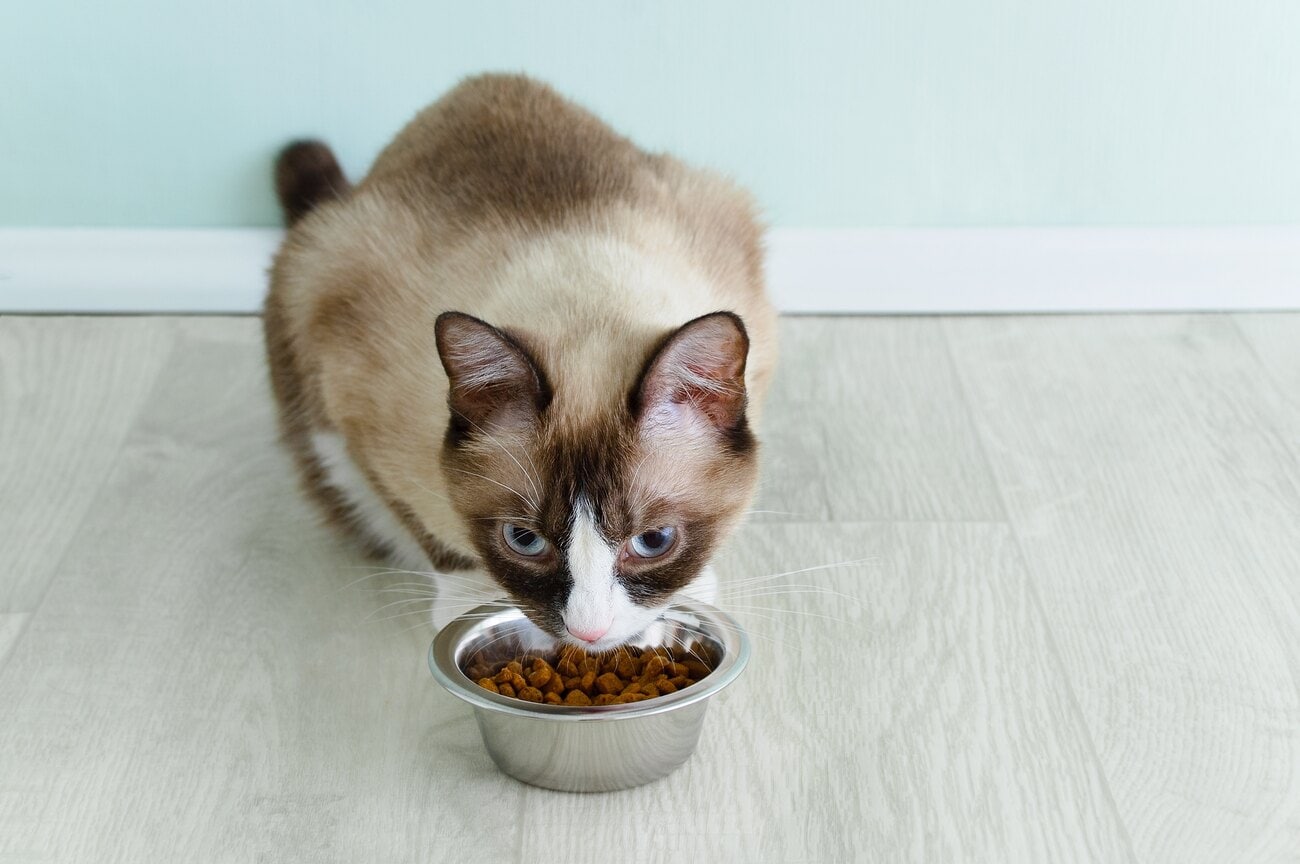

What Are the Exceptions?
Feeding a cat twice a day is recommended as it allows us to provide the right amount of food, without catering to greedy cats or letting them go too long without a meal. However, this is only a recommendation, and when it comes to feeding our cats, there is no ‘one rule for all’. Here are some reasons why twice-a-day feeding may not be right for you and your cat:
Preference
Some cats simply prefer to eat once a day. If your cat is not eating their second meal, and they’re on the leaner end of the body condition scale, try offering them their daily allowance in one meal, but increase the amount gradually.
Digestive issues
Cats with inflammatory bowel disease or other health conditions that affect how their food is digested may benefit from eating smaller meals throughout the day. This should ideally still be offered as individual meals rather than allowing them to graze.
Die-hard grazers
If your cat has been a grazer for years and is not adapting to having individual meals (which is rare, and most of the time is just a case of persisting!), you may have to give in. BUT, you need to measure out how much food is being left down, not just fill the bowl.
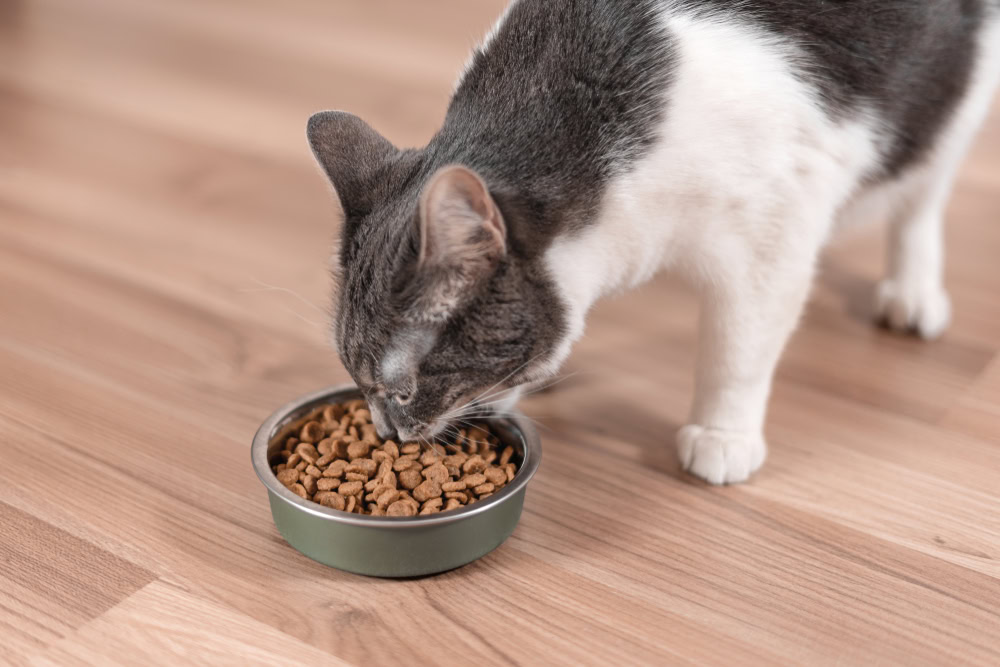

How Much Should I Be Feeding My Cat?
This is a bit like the question ‘How long is a piece of string?’
The amount of food your cat should be eating per day will depend on:
- the type of food
- the calorie content and recommended feeding amount of the food
- your cat’s metabolism and activity level
- your cat’s current and ideal weight
The recommended amount provided on the pack is generally based on a cat in peak condition, ideal weight, and normal to high metabolic weight – ie. the maximum allowable amount for your cat’s weight. It is in the interest of the company for you to use more food. The feeding guide should only be used as a starting point – some cats will need more, some will need less.
Additionally, the amount you are feeding should be based on your cat’s ideal weight, based on their ideal body condition score, NOT their current weight. This is particularly important for cats needing to lose weight.
Feeding guides are usually given as an amount per day, so be sure to divide this into the number of meals you are feeding.
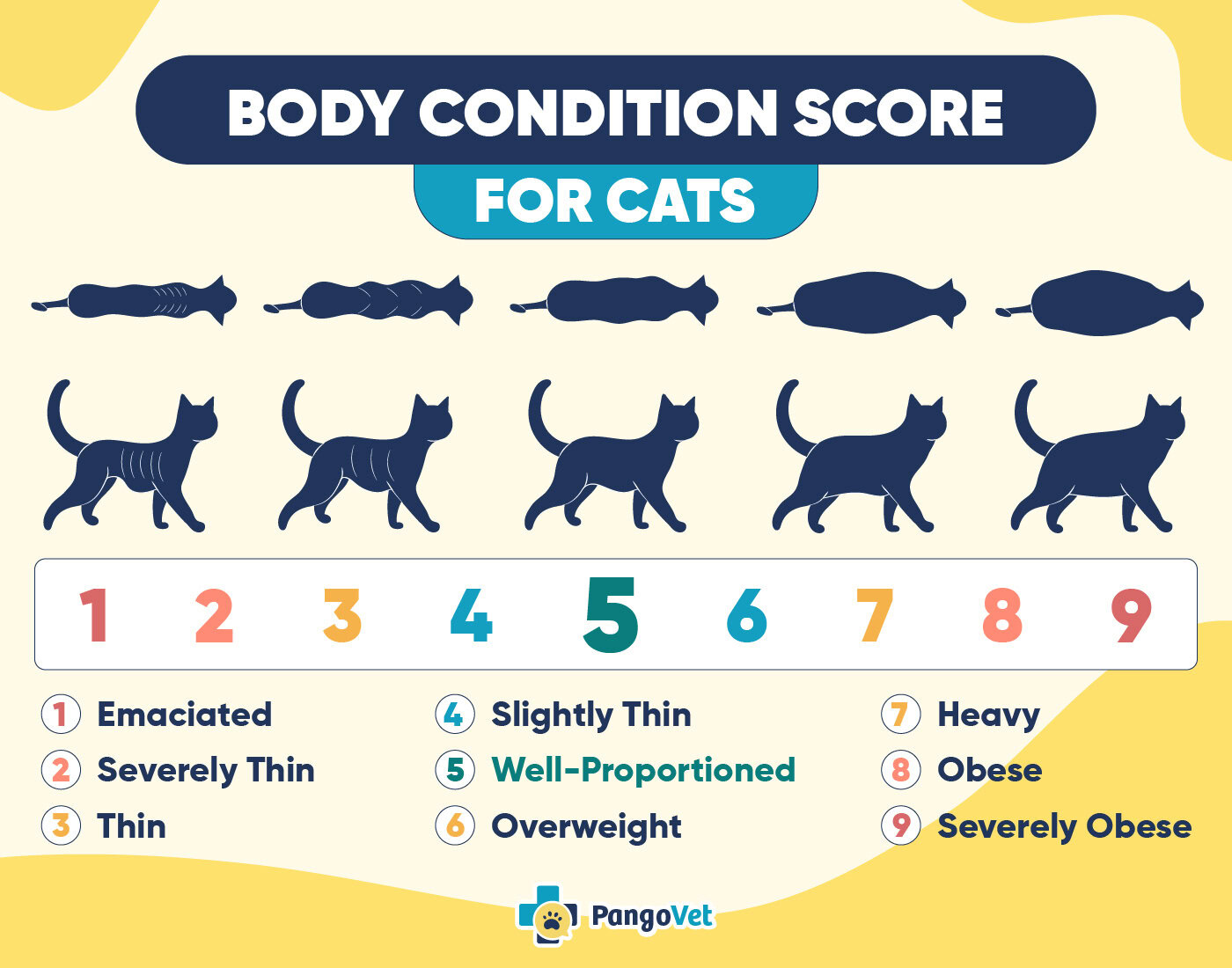
- You may also be interested in: How Much to Feed a Kitten? Vet-Verified Feeding Chart & FAQ
What If My Cat Is Still Hungry?
If your cat seems to be constantly begging for food, ask yourself the following questions:
- Are they underweight? If not, they don’t need more food
- Are they begging for food or do they want some fuss and attention?
- Are they eating the best quality food you can afford?
Low-quality food tends to contain a lot of ‘filler’ type ingredients like cereals and grains, and cats on these types of diets tend to produce larger, smellier poops, and often feel hungry sooner. If your cat’s litter box is constantly full, it might be worth researching a different food.
If you have a cat that is particularly food-driven, think about keeping a small amount of their food back so you can ration it out throughout the day. Just be careful not to give them food every time they beg – cats are very good at training their people!

Final Thoughts
Every cat is different, and how often they should eat will depend on several factors, including their age and health, the type of food they are eating, how active they are, and what their basal metabolism is like. As a general guide, feeding your cat twice a day is an ideal way to ensure they are getting all the nutrients they need, without going too long without eating, or eating too much in one sitting.
Talk to your vet about your cat’s body condition and ideal weight so that you can work out how much your cat should be eating, and offer this as measured portions. Avoid leaving food down for your cat to graze on throughout the day as this can lead to obesity, not to mention allowing food to spoil or go stale.
Featured Image Credit: TarasBeletskiy, Shutterstock
